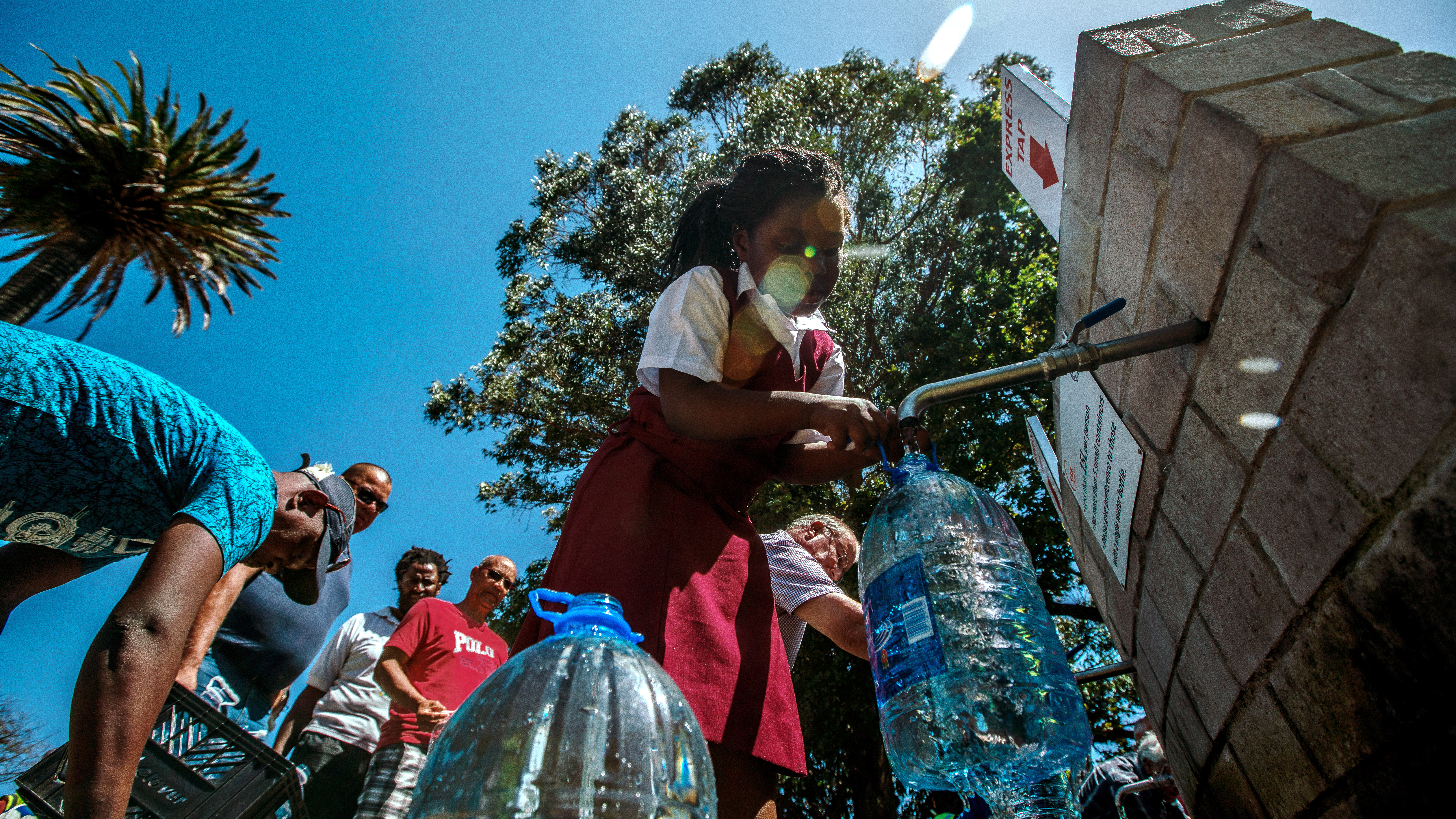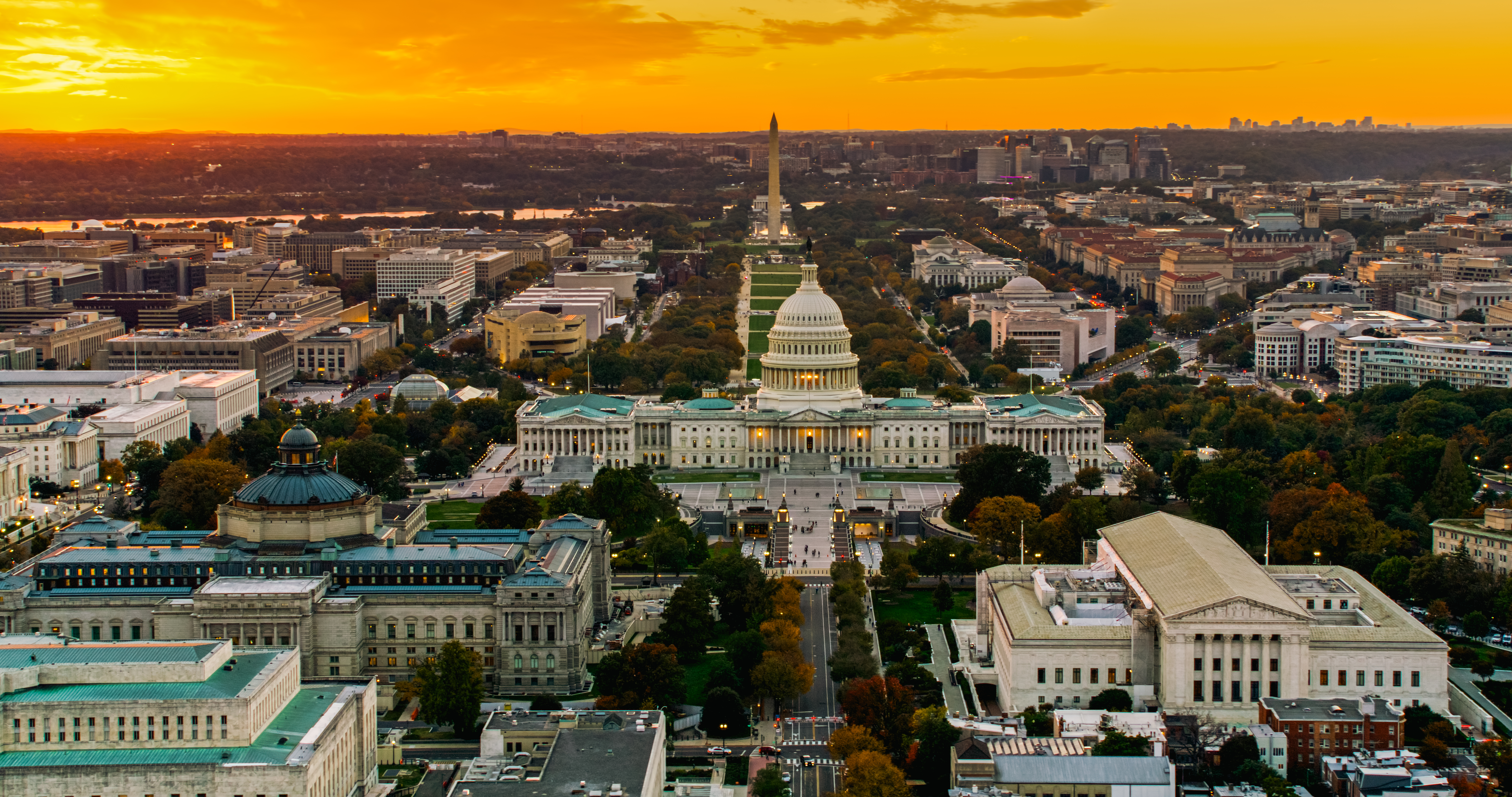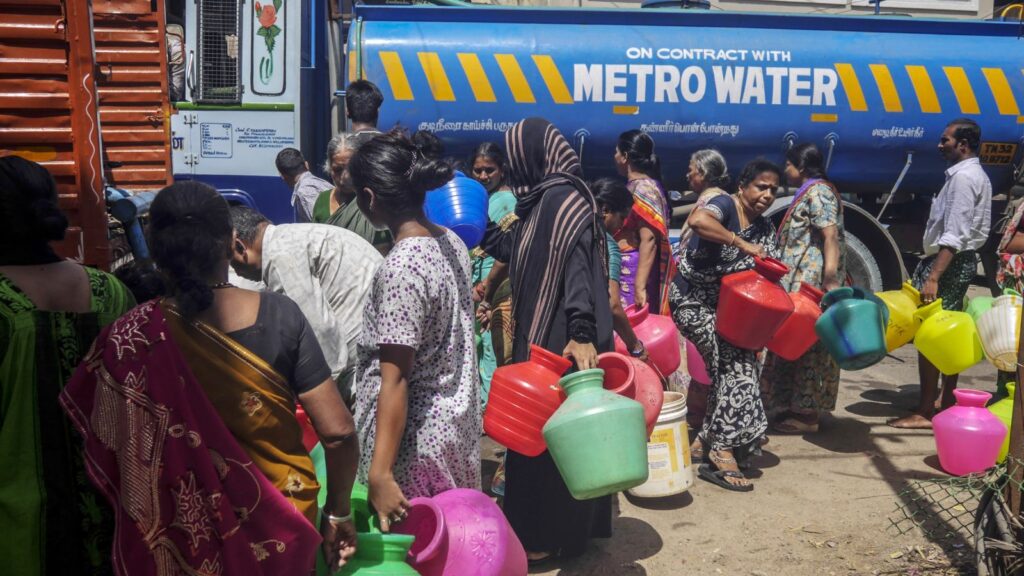Unless emissions are reduced, almost three-quarters of the world’s drought-prone regions will be at risk of extreme water scarcity, known as a “day zero drought”, by 2100, and a third of these could be hit by 2030, according to a new study. Areas under threat include cities in the United States, the Mediterranean, and southern Africa.
“At some point, we may run out of water,” Christian Franzke, a climate scientist and project leader at the Center for Climate Physics at the Institute of Basic Science at Busan National University in South Korea, told LiveScience. “When I’m at home and I turn on the tap in the kitchen or bathroom, no water comes out.”
The idea of a day-zero drought, in which regional water demand from people, industry, and agriculture exceeds regional water supplies supplied by rain and reservoirs, has become more pronounced since 2018. A prolonged drought has pushed water levels in South Africa’s dams around Cape Town to near critical lows, which would have shut off most water supplies and left about 4 million people without water. Fortunately, strict water restrictions worked and after a few months, heavy rains restored the dam’s water levels.
you may like
This was not an isolated incident. On June 19, 2019, Chennai, India (home to about 11 million people at the time) declared Day Zero had arrived, as all four of the metropolis’s reservoirs had dried up. People had to wait in line for hours for small allotments of water brought in by trucks from other areas.
It is well known that climate change will reduce rainfall, river flows, and reservoir levels, making many regions drier. But to understand when and where the most severe water shortages will occur, Franzke and his colleagues turned to climate models that take into account not only rainfall and river flows, but also human water consumption.
The research team used the US National Center for Atmospheric Research’s Community Earth System Model (CESM) and France’s National Center for Meteorological Research (CNRM) models to examine what would happen under two scenarios. One is moderate greenhouse gas emissions, which is roughly the course the world is currently on, and is projected to result in about 4.8 degrees Fahrenheit (2.7 degrees Celsius) of warming. The other scenario, increased emissions caused by conflict between nations and reduced global cooperation, is projected to result in about 6.4 °F (3.6 degrees Celsius) of warming.

Both CNRM scenarios project that at least half of drought-affected regions will face unprecedented water scarcity by 2100, and 22% will be water-stressed by 2030.
Under higher emissions scenarios, the CNRM model predicts that the frequency of zero-day droughts will increase sharply in coming decades, with hotspots occurring in the Mediterranean, southern Africa, and parts of North America and Asia.
This suggests that under high emissions scenarios, 74% of the world’s drought-prone areas will be at risk of severe and persistent drought by 2100. More than a third of these regions, including parts of the United States, could face severe water scarcity between 2020 and 2030, according to a study published Sept. 23 in the journal Nature Communications.
The CESM model predicts that smaller areas will be affected and that it will take longer for day zero drought to emerge.
you may like
“We were surprised at how quickly this actually happened in so many places,” Franzke said, adding that the study showed that global warming causes and accelerates zero-day drought conditions. “There are hotspot areas in the Mediterranean, so Nice in France will be under threat, and in southern Africa Cape Town will become a hotspot again,” Franzke added.
According to the CNRM model, U.S. cities at risk by 2030 include Chicago. Washington, D.C.; Phoenix; San Diego; and Milwaukee, Franzke said. Minneapolis by 2060. Las Vegas; Baltimore; Kansas City, Missouri. and Jacksonville, Fla., are expected to join this group.
Researchers said zero-day drought conditions could threaten around 750 million people worldwide (470 million in urban areas and 290 million in rural areas) by the end of the century.

“The findings are consistent with the physics that warmer atmospheres and increased thirst rapidly drain fresh water from continents, and confirm known hotspots of drought intensification that also depend on changes in wind patterns,” Richard Allan, a climate scientist at the University of Reading in the UK who was not involved in the study, told Live Science. “This paints a picture of increasing attacks on water resources from multiple directions, which are already emerging and particularly impacting urban populations.”
Franzke and his colleagues also warned that future periods of zero-day drought could become shorter, particularly in the Mediterranean, Asia, southern Africa, and Australia, making it harder for these regions to recover.
This could leave people unable to live in hard-hit areas for long periods of time, Franzke said.
Whether climate change or water use is the biggest factor in the increase in day-zero droughts varies by region. “It’s very location dependent,” he said.
But Franzke said knowing which regions are most at risk could help develop regional and integrated water management strategies, as well as address policies at scale to accelerate the transition from fossil fuels to clean energy to stop climate change.
“Only by rapidly reducing greenhouse gas emissions, as well as adapting to the intensification of prolonged dry spells, can we limit the growing impact of even more severe dry extremes in a warming world,” Alan said.
Source link

